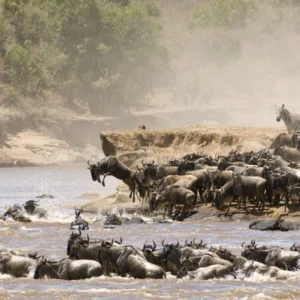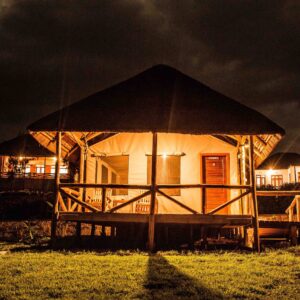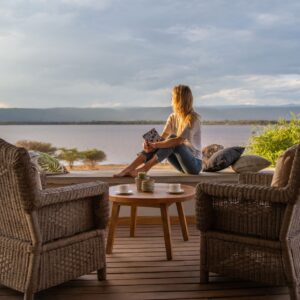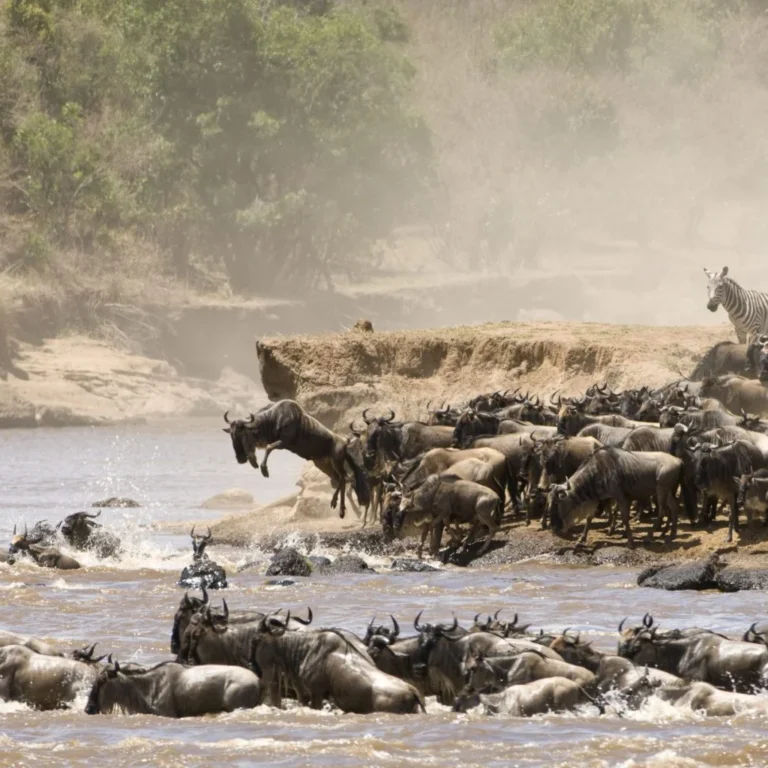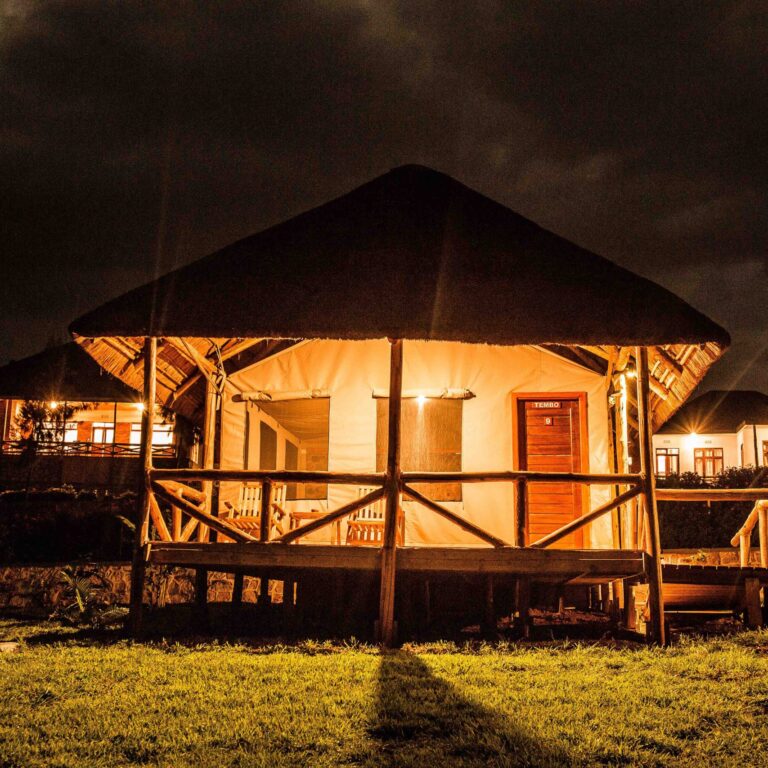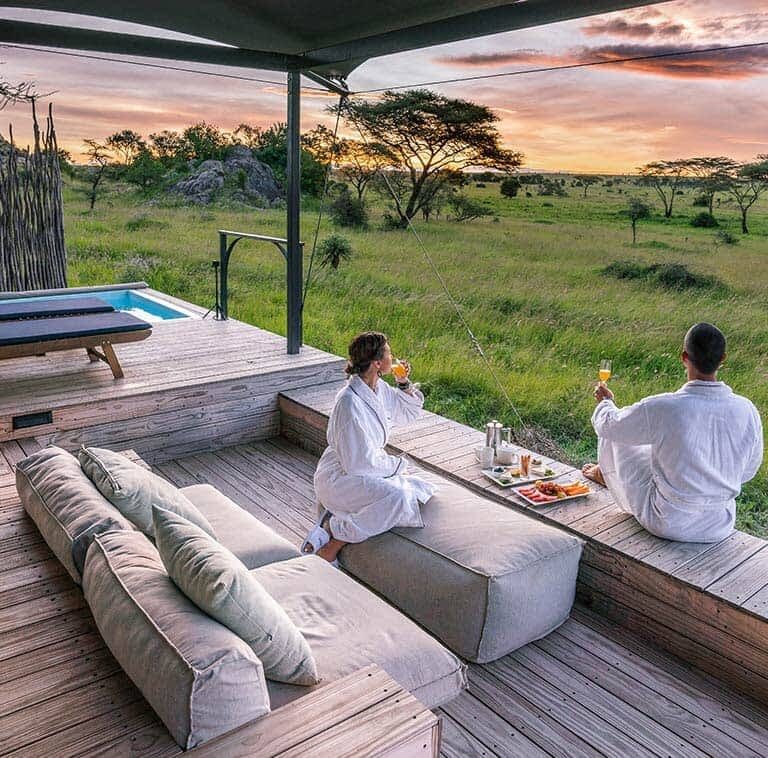15 African Safari Photography Tips.
Embarking on an African safari is a dream come true for many photographers, African Safari Photography Tips offering a unique opportunity to capture the raw beauty of wildlife and landscapes. To help you make the most of your safari experience, we have compiled 15 essential photography tips. These guidelines will ensure you return home with stunning images that encapsulate the essence of your journey. Understanding the Key Features for Safari Photography such as Durability and Weather Sealing, High-Resolution Sensors, Fast and Accurate Autofocus and Speed and Burst Mode.
Tips 1. Choose the Right Equipment
Selecting the right camera gear is crucial for capturing high-quality images. We recommend a DSLR or mirrorless camera with a high frame rate and fast autofocus. A telephoto lens (200-400mm) is essential for wildlife photography, allowing you to capture distant subjects without disturbing them. Additionally, consider bringing a wide-angle lens for landscape shots and a backup camera body to avoid any equipment failures.
Tips 2. Understand Your Camera Settings
Familiarize yourself with your camera’s settings before the trip. Utilize manual mode to have full control over exposure, aperture, and ISO. For wildlife photography, a fast shutter speed (1/1000s or faster) is necessary to freeze motion, while a lower ISO (100-400) will help minimize noise. Experiment with aperture settings to control depth of field and create a pleasing background blur (bokeh).
Tips 3. Invest in Quality Accessories
Quality accessories can significantly enhance your photography experience. A sturdy tripod or monopod is essential for stable shots, especially in low light conditions. Extra batteries and memory cards are crucial, as you will be taking numerous photos. A lens hood will reduce lens flare, and lens cleaning kits will keep your equipment in top condition.
Tips 4. Research Your Destination
Understanding the habitat and behavior of the wildlife you plan to photograph is key to capturing remarkable images. Research your destination to learn about the types of animals you will encounter, their peak activity times, and the best locations for sightings. This knowledge will allow you to anticipate movements and position yourself for the best shots.
Tips 5. Use the Golden Hours
The golden hours—shortly after sunrise and before sunset—offer the best lighting conditions for photography. The soft, warm light during these times enhances the colors and textures of your subjects, creating a more dramatic and appealing image. Plan your shoots around these hours to take advantage of the optimal lighting.
Tips 6. Practice Patience
Wildlife photography requires a great deal of patience. Animals are unpredictable, and capturing the perfect moment often involves long waits and careful observation. Be prepared to spend extended periods in one location, quietly observing and waiting for the right opportunity.
Tips 7. Focus on the Eyes
In wildlife photography, the eyes are a crucial focal point. Sharp, well-focused eyes create a connection between the viewer and the subject, adding life to your images. Use single-point autofocus to ensure precision and aim to capture a catchlight, the small highlight in the eyes, to enhance the subject’s liveliness.
Tips 8. Frame Your Shots Creatively
Experiment with different compositions to create more engaging photographs. Use the rule of thirds to place your subject off-center, creating a balanced and dynamic image. Incorporate natural elements such as trees, rocks, or water to frame your subject, adding depth and context to your shots.
Tips 9. Capture the Environment
While close-up shots of animals are captivating, it is also important to capture the environment they inhabit. Wide-angle shots that showcase the landscape can add context and tell a more comprehensive story of your safari experience. These images highlight the beauty of the African wilderness and the natural habitats of the wildlife.
Tips 10. Use Burst Mode
Wildlife can move quickly and unpredictably. Using burst mode allows you to take multiple shots in rapid succession, increasing your chances of capturing the perfect moment. This mode is particularly useful when photographing animals in action, such as running, hunting, or interacting with each other.
Tips 11. Respect the Wildlife
Maintaining a respectful distance from the animals is essential for their safety and your own. Use a telephoto lens to photograph them without causing disturbance. Avoid making loud noises or sudden movements that could startle the wildlife. Respecting their space ensures natural behavior, leading to more authentic and compelling photographs.
Tips 12. Plan for the Weather
African weather can be unpredictable, with sudden changes from bright sunshine to heavy rain. Prepare for various weather conditions by packing protective gear for your equipment, such as rain covers and dust shields. Adjust your camera settings accordingly to cope with different lighting and environmental conditions.
Tips 13. Shoot in RAW Format
Shooting in RAW format preserves the maximum amount of detail and allows for greater flexibility in post-processing. Unlike JPEGs, RAW files retain all the data captured by your camera’s sensor, enabling you to make extensive adjustments to exposure, white balance, and color without compromising image quality.
Tips 14. Post-Processing Techniques
Post-processing is a crucial step in enhancing your safari photographs. Use software such as Adobe Lightroom or Photoshop to fine-tune your images. Adjust exposure, contrast, and saturation to bring out the best in your photos. Be mindful not to over-edit, as maintaining the natural look and feel of your images is important.
Tips 15. Backup Your Photos
Safeguard your precious memories by backing up your photos regularly. Use external hard drives or cloud storage solutions to ensure you have multiple copies of your images. This practice protects you from data loss due to equipment failure, theft, or other unforeseen circumstances.
The Best Camera for Safari Photography
Choosing the best camera for safari photography involves considering various factors such as durability, sensor resolution, autofocus capabilities, and shooting speed. Whether you prefer DSLRs or mirrorless systems, options like the Nikon D850, Canon EOS-1D X Mark III, and Sony A7R IV offer excellent performance for capturing the beauty of wildlife. Coupled with the right lenses and accessories, these cameras will enable you to document your safari adventure with stunning clarity and detail. Top Cameras for Safari Photography.
Nikon D850
The Nikon D850 is a versatile and powerful DSLR that stands out in wildlife photography. Its 45.7-megapixel sensor provides exceptional image quality, while the 153-point autofocus system ensures quick and precise focusing. The camera’s robust build and excellent weather sealing make it an ideal choice for the rugged conditions of a safari.
Canon EOS-1D X Mark III
The Canon EOS-1D X Mark III is a professional-grade camera known for its incredible speed and accuracy. With a 20.1-megapixel full-frame sensor and a dual pixel CMOS AF system, it delivers stunning images even in low light conditions. The 16 fps continuous shooting speed is perfect for capturing fast-moving wildlife.
Sony A7R IV
For those who prefer mirrorless systems, the Sony A7R IV is a top contender. Its 61-megapixel sensor offers unparalleled detail, and the camera’s advanced Real-time Tracking AF system ensures sharp focus on moving subjects. The compact size and lightweight design are added advantages for safari photographers who need to travel light.
Nikon D6
The Nikon D6 is a flagship DSLR designed for professional photographers. It boasts a 20.8-megapixel sensor and an advanced 105-point autofocus system that performs exceptionally well in challenging conditions. The camera’s 14 fps continuous shooting capability allows for capturing the most fleeting moments with precision.
Canon EOS 5D Mark IV
The Canon EOS 5D Mark IV is a reliable choice for safari photography, offering a 30.4-megapixel sensor and a versatile autofocus system. Its robust build and weather sealing make it a durable option for outdoor adventures. The camera’s 7 fps continuous shooting speed is sufficient for capturing most wildlife action.
Essential Lenses for Safari Photography
Choosing the right lens is just as important as selecting the camera. Here are some top recommendations:
Telephoto Lenses
Telephoto lenses are essential for capturing distant subjects. A lens like the Canon EF 100-400mm f/4.5-5.6L IS II USM provides versatility and reach, allowing photographers to zoom in on wildlife without disturbing their natural behavior.
Prime Lenses
Prime lenses offer superior sharpness and wider apertures for better low-light performance. The Nikon AF-S NIKKOR 600mm f/4E FL ED VR is an excellent choice for those who need maximum reach and exceptional image quality.
Wide-Angle Lenses
While telephoto lenses are vital, wide-angle lenses are also useful for capturing the expansive landscapes of a safari. The Sony FE 16-35mm f/2.8 GM lens provides sharp images and a wide field of view, perfect for showcasing the beauty of the environment.
Accessories to Enhance Your Safari Photography
Sturdy tripods or monopods ensure stability for sharp images. Protective gear like camera rain covers and durable bags safeguard against the elements. High-capacity memory cards and portable external drives offer ample storage and backup. Essential accessories include brands like Gitzo, Manfrotto, Think Tank, Lowepro, SanDisk, and WD.
Tripods and Monopods
Stability is crucial for capturing sharp images, especially with telephoto lenses. Lightweight and sturdy tripods or monopods, such as the Gitzo GT3543XLS or the Manfrotto 290 Xtra, are essential accessories for safari photography.
Protective Gear
Protecting your equipment from the elements is vital. Camera rain covers, lens hoods, and durable camera bags will safeguard your gear from dust, rain, and accidental bumps. Brands like Think Tank and Lowepro offer excellent protective solutions.
Memory Cards and Storage
High-resolution images require ample storage. Invest in high-capacity, high-speed memory cards such as the SanDisk Extreme Pro series. Additionally, portable external drives like the WD My Passport Wireless SSD can provide extra storage and backup on the go.
Tips for Capturing Stunning Safari Photographs
Tips for Capturing Stunning Safari Photographs: Patience and preparation are key. Respect wildlife by maintaining a safe distance. Utilize early morning and late afternoon light for the best natural tones. Apply composition techniques like the rule of thirds African Safari Photography Tips. Experiment with different angles and perspectives to add depth and interest to your images.
Patience and Preparation
Wildlife photography demands patience African Safari Photography Tips. Spend time observing animal behavior to anticipate the best moments to capture. Preparation includes knowing your camera settings and being ready to shoot at a moment’s notice.
Ethical Photography
Respect wildlife and their habitats African Safari Photography Tips. Maintain a safe distance and avoid disturbing animals. Ethical photography not only ensures the safety of wildlife but also leads to more natural and compelling images.
Understanding Light
Lighting is crucial in photography. Early morning and late afternoon offer the best natural light, providing soft and warm tones 15 Wildlife and Safari Photography Tips. Avoid harsh midday sun, which can create unflattering shadows and highlights.
Composition Techniques
Apply composition techniques like the rule of thirds, leading lines, and framing to enhance your photographs. Experiment with different angles and perspectives to add depth and interest to your images.
By following these 15 African safari photography tips, you will be well-prepared to capture breathtaking images that showcase the beauty and diversity of Africa’s wildlife and landscapes. Happy shooting!

